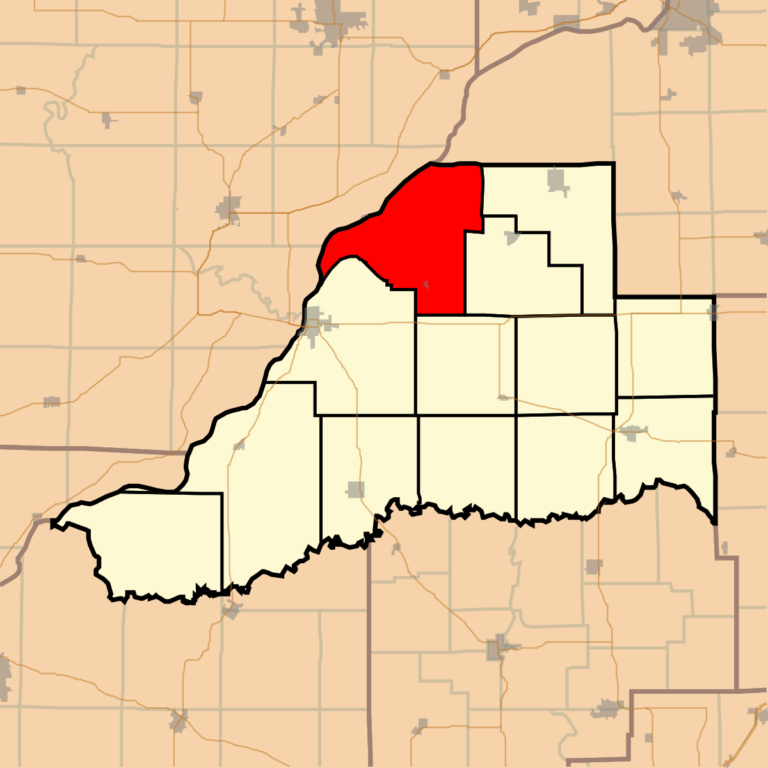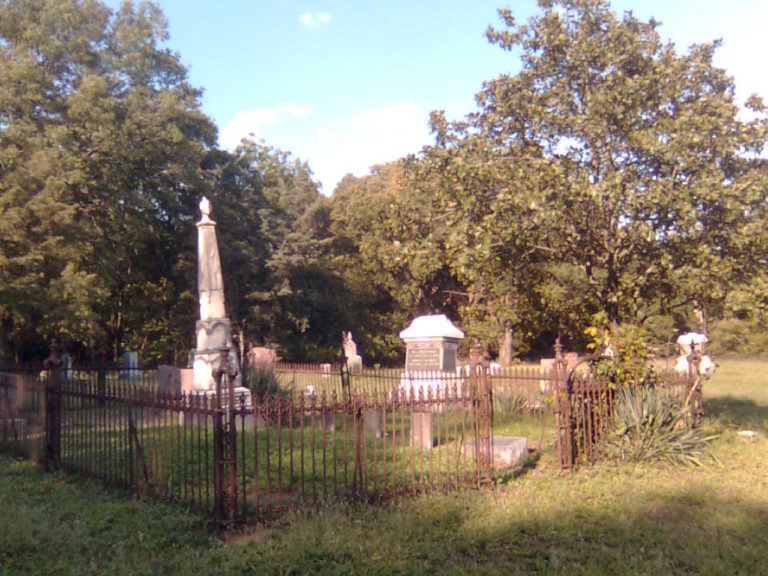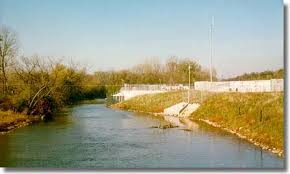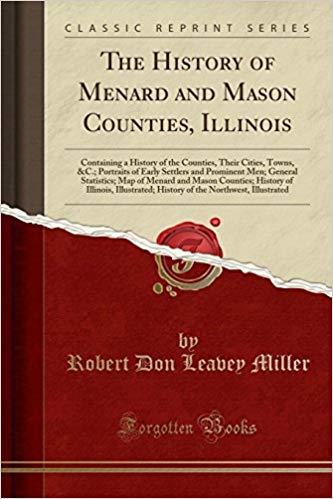Quiver Township History
This from a book about Mason County History and covers circa 1834-1880. next week- Manito Township HISTORY of QUIVER TOWNSHIP Part 1 Fifty years ago half a century ! A period of time that measures off the birth, growth and decay of almost two successive generations of mankind ! Fifty years ago !…




